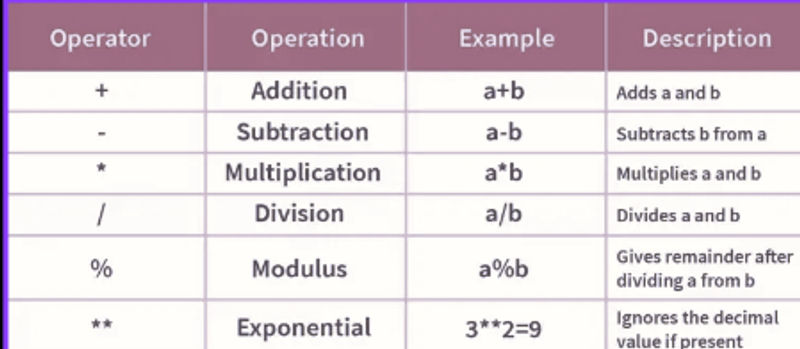CH - 3 Operators
Explanation of arithmetic, relational, and logical operators
Operators are special symbols in Python that perform operations on variables and values. They are essential for carrying out calculations, making decisions, and handling logic.
- Arithmetic Operators: These are used to perform basic mathematical calculations, such as adding, subtracting, multiplying, or dividing numbers. They are fundamental when working with numeric data.

- Logical Operators: These help you work with multiple conditions at once. For example, you might want to check if both conditions are true (using the and operator), or if at least one of them is true (using the or operator). Logical operators are particularly useful in if statements when making complex decisions. There are 4 types of logical operators in python namely
and: This operator returns True if both conditions are true. Example: Checking if a number is both greater than 5 and less than 10.
or: This operator returns True if at least one of the conditions is true. Example: Checking if a person is either older than 18 or has a permission slip.
not: This operator returns the opposite Boolean value of the condition. Example: If a user is not an admin, they cannot access certain features.
is: This operator checks if two variables refer to the same object (compares identity). Example: Verifying if two variables point to the exact same object in memory.